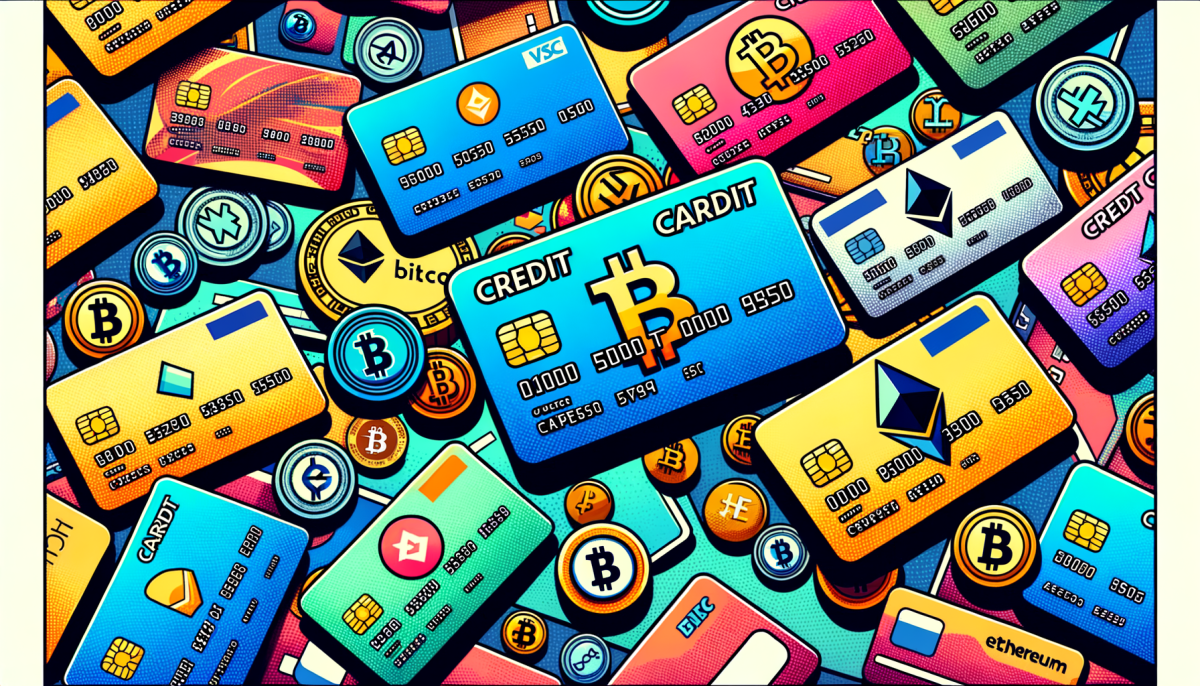Bridging finance, an essential component in the financial landscape, serves as a temporary funding solution to help individuals and businesses cover immediate expenses or investments until permanent financing can be arranged. As the world of finance evolves, the bridge between traditional forms of credit, such as credit cards, and modern digital assets like cryptocurrencies, is becoming increasingly significant. In this article, we delve into the nuances of bridging finance and compare the roles of credit cards and crypto options in providing short-term financial solutions.
Understanding Bridging Finance
Bridging finance is a type of short-term loan designed to provide quick access to funds for a specific purpose, often while waiting for longer-term financing to become available. This form of finance is traditionally used in real estate transactions, where buyers need immediate capital to complete a purchase before selling their current property. The key characteristic of bridging finance is its swift nature, allowing borrowers to bridge the gap between their immediate funding needs and future cash flows or financing arrangements.
In recent years, the concept of bridging finance has expanded beyond property transactions to encompass various financial needs, including business cash flow shortages, emergency expenses, or sudden investment opportunities. Bridging loans are typically secured against assets, come with higher interest rates than traditional loans due to their short-term nature, and are expected to be repaid within a few months to a year.
With the rise in technology and fintech innovations, bridging finance has also begun to intersect with digital assets, offering new mechanisms and platforms that leverage cryptocurrencies as collateral. This development reflects a broader trend in bridging finance’s evolution from conventional banking products to more diverse and technologically advanced solutions.
Credit Cards vs. Crypto Options
Credit cards have long been a staple in the bridging finance toolbox, offering consumers instant access to credit lines for various expenditures. The convenience of credit cards is unmatched, allowing cardholders to make purchases or withdraw cash almost anywhere at any time. Credit cards often come with the benefit of rewards programs, purchase protection, and the ability to build credit history. However, they also carry high-interest rates if balances are not paid in full, and they can lead to spiraling debt if not managed responsibly.
Crypto options are emerging as a new frontier in bridging finance, providing innovative ways to access liquidity. With the advent of crypto lending platforms, users can now use their cryptocurrency holdings as collateral to receive loans in fiat currency or other digital assets. This option offers several advantages, including lower interest rates compared to credit card debt, faster transaction times, and access to funds without having to liquidate crypto assets, which might lead to a taxable event.
Nonetheless, crypto-based bridging finance is not without its risks. The volatility of cryptocurrencies can lead to rapid changes in collateral value, possibly prompting margin calls or liquidation of assets. Moreover, the regulatory environment for crypto lending is still under development, which could affect the stability and reliability of these financial instruments. As such, crypto options in bridging finance cater to a more niche market, requiring borrowers to have a certain degree of cryptocurrency literacy and risk tolerance.
While credit cards continue to serve as a familiar and widely accepted form of bridging finance, crypto options are carving out their own space in this dynamic sector. Each has its merits and limitations, influenced by factors such as speed, cost, convenience, and risk. As we witness the intersection of these two worlds, it becomes clear that the focus must be on understanding individual financial needs and the appropriate instruments to meet them. Bridging finance, whether through credit cards or crypto options, remains an essential tool in the modern financial toolkit, offering flexible solutions in an ever-changing economic environment.
